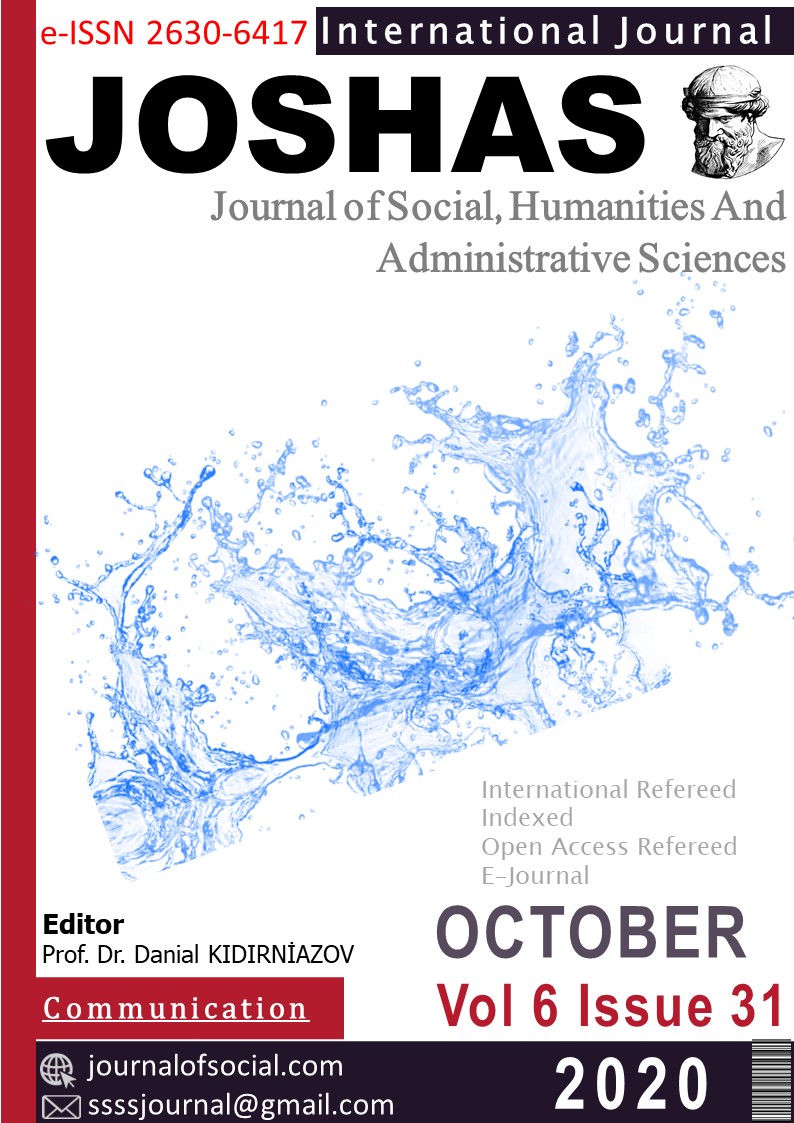Author :
Abstract
Bu makalenin ilgi odağı, Osmanlı hanedanı Sultan II. Mahmud’un ölümüdür. Makalenin ilgi odağını çerçeveleyen ortamı ise II. Mahmud’un ölümüne dair iki ironi oluşturmaktadır. Birincisi, sultanın toplumsal anlamda yaygın düşünceye sahip ve bir fakirlik hastalığı şeklinde kabul gören veremden ölmesi; ikincisi, ölümünden sonra türbesinin yanıbaşındaki sokağa Yeniçeriler Caddesi adının verilmesidir. Makale, hanedanın ölümüne dair bu iki olay ve olgu etrafında dönen tartışmayı konu alırken, bir yandan verem hastalığı ve bu hastalığın edebî uslüp zenginliğini, diğer yandan yeniçerilerin saray ve iktidar arasındaki intikam ilişkisini irdelemektedir.
Keywords
Abstract
The main focus of this article is the death of the Ottoman ruler Sultan Mahmud II. The framing of the focus of the article is around the two ironies about the death of Mahmud II. First, the sultan's death from tuberculosis, which is considered a disease of poverty according to a widespread social opinion and, the second is the renaming of the street next to his mausoleum as Janissary Street. The article discusses the two events about the death of the ruler; on the one hand, tuberculosis and its literary connotations, on the other hand, the revenge relationship between the janissaries and the palace.





